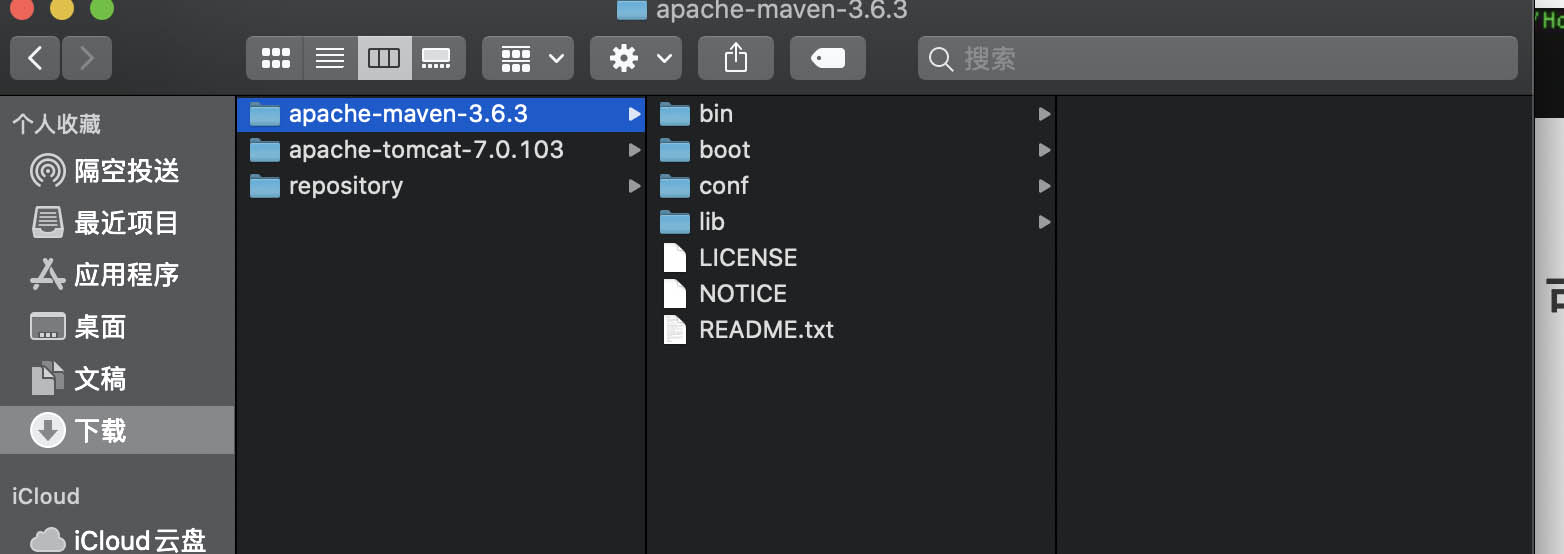Validate an XML against an XSD in Java / Getting a hold of the schemaLocation(在 Java 中针对 XSD 验证 XML/获取 schemaLocation)
问题描述
如何在 Java 中使用 XSD 验证 XML 文件?我们事先并不知道模式.我希望能够获取 schemaLocation、下载 XSD、缓存它,然后执行实际验证.
How can one validate an XML file using an XSD in Java? We don't know the schema in advance. I would like to be able to get the schemaLocation, download the XSD, cache it and then perform the actual validation.
问题是,使用 javax.xml.parsers.DocumentBuilder/DocumentBuilderFactory 类我似乎无法获得 schemaLocation 提前.这有什么诀窍?我应该研究哪些课程?
The problem is, that with javax.xml.parsers.DocumentBuilder/DocumentBuilderFactory classes I can't seem to be able to get a hold of the schemaLocation in advance. What's the trick for this? Which classes should I look into?
也许我可以使用更合适的 API?整个问题是我们需要动态验证,而不是(必须)在本地拥有 XSD.
Perhaps there's a more suitable API I can use? The whole problem is that we need to validate dynamically, without (necessarily) having the XSDs locally.
如何获取 XSD 文件中定义的 schemaLocation 的 URL?
How could one get a hold of the URL of schemaLocation defined in the XSD file?
我知道您可以设置功能/属性,但那是另一回事.我需要先从 XSD 中获取 schemaLocation.
I know you can set features/attributes, but that's a different thing. I need to get the schemaLocation from the XSD first.
请指教!
推荐答案
鉴于您使用的是 Xerces(或 JDK 默认),您是否尝试过在出厂时将此功能设置为 true:http://apache.org/xml/features/validation/schema.您还可以使用有关架构的其他功能:http://xerces.apache.org/xerces2-j/features.html
Given that you are using Xerces (or JDK default), have you tried setting this feature to true on the factory: http://apache.org/xml/features/validation/schema. There are other features that you can play with regarding schemas: http://xerces.apache.org/xerces2-j/features.html
更新 2(用于缓存):
UPDATE 2 (for caching):
实现一个 org.w3c.dom.ls.LSResourceResolver 并使用 setResourceResolver 方法在 SchemaFactory 上设置它.这个解析器要么从缓存中获取架构,要么从位置所指的任何地方获取它.
Implement a org.w3c.dom.ls.LSResourceResolver and set this on the SchemaFactory using the setResourceResolver method. This resolver would either get the schema from cache or fetch it from wherever the location refers to.
更新 3:
LSResourceresolver 示例(我认为这对您来说是一个很好的起点):
LSResourceresolver example (which I think will be a good starting point for you):
/**
* Resolves resources from a base URL
*/
public class URLBasedResourceResolver implements LSResourceResolver {
private static final Logger log = LoggerFactory
.getLogger(URLBasedResourceResolver.class);
private final URI base;
private final Map<URI, String> nsmap;
public URLBasedResourceResolver(URL base, Map<URI, String> nsmap)
throws URISyntaxException {
super();
this.base = base.toURI();
this.nsmap = nsmap;
}
@Override
public LSInput resolveResource(String type, String namespaceURI,
String publicId, String systemId, String baseURI) {
if (log.isDebugEnabled()) {
String msg = String
.format("Resolve: type=%s, ns=%s, publicId=%s, systemId=%s, baseUri=%s.",
type, namespaceURI, publicId, systemId, baseURI);
log.debug(msg);
}
if (type.equals(XMLConstants.W3C_XML_SCHEMA_NS_URI)) {
if (namespaceURI != null) {
try {
URI ns = new URI(namespaceURI);
if (nsmap.containsKey(ns))
return new MyLSInput(base.resolve(nsmap.get(ns)));
} catch (URISyntaxException e) {
// ok
}
}
}
return null;
}
}
MyLSInput 的实现真的很无聊:
The implementation of MyLSInput is really boring:
class MyLSInput implements LSInput {
private final URI url;
public MyLSInput(URI url) {
super();
this.url = url;
}
@Override
public Reader getCharacterStream() {
return null;
}
@Override
public void setCharacterStream(Reader characterStream) {
}
@Override
public InputStream getByteStream() {
return null;
}
@Override
public void setByteStream(InputStream byteStream) {
}
@Override
public String getStringData() {
return null;
}
@Override
public void setStringData(String stringData) {
}
@Override
public String getSystemId() {
return url.toASCIIString();
}
@Override
public void setSystemId(String systemId) {
}
@Override
public String getPublicId() {
return null;
}
@Override
public void setPublicId(String publicId) {
}
@Override
public String getBaseURI() {
return null;
}
@Override
public void setBaseURI(String baseURI) {
}
@Override
public String getEncoding() {
return null;
}
@Override
public void setEncoding(String encoding) {
}
@Override
public boolean getCertifiedText() {
return false;
}
@Override
public void setCertifiedText(boolean certifiedText) {
}
}
这篇关于在 Java 中针对 XSD 验证 XML/获取 schemaLocation的文章就介绍到这了,希望我们推荐的答案对大家有所帮助,也希望大家多多支持编程学习网!
本文标题为:在 Java 中针对 XSD 验证 XML/获取 schemaLocation


基础教程推荐
- 多个组件的复杂布局 2022-01-01
- Java 实例变量在两个语句中声明和初始化 2022-01-01
- 如何在 Spring @Value 注解中正确指定默认值? 2022-01-01
- 从 python 访问 JVM 2022-01-01
- 验证是否调用了所有 getter 方法 2022-01-01
- 在 Java 中创建日期的正确方法是什么? 2022-01-01
- 如何在 JFrame 中覆盖 windowsClosing 事件 2022-01-01
- Java Swing计时器未清除 2022-01-01
- 大摇大摆的枚举 2022-01-01
- 不推荐使用 Api 注释的描述 2022-01-01

















